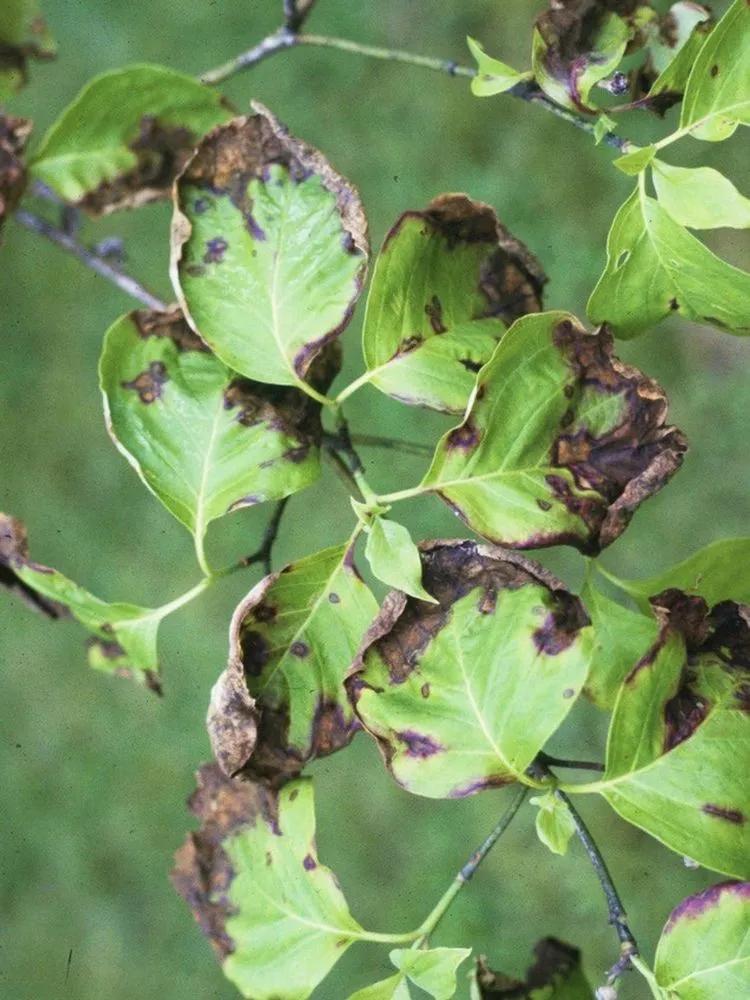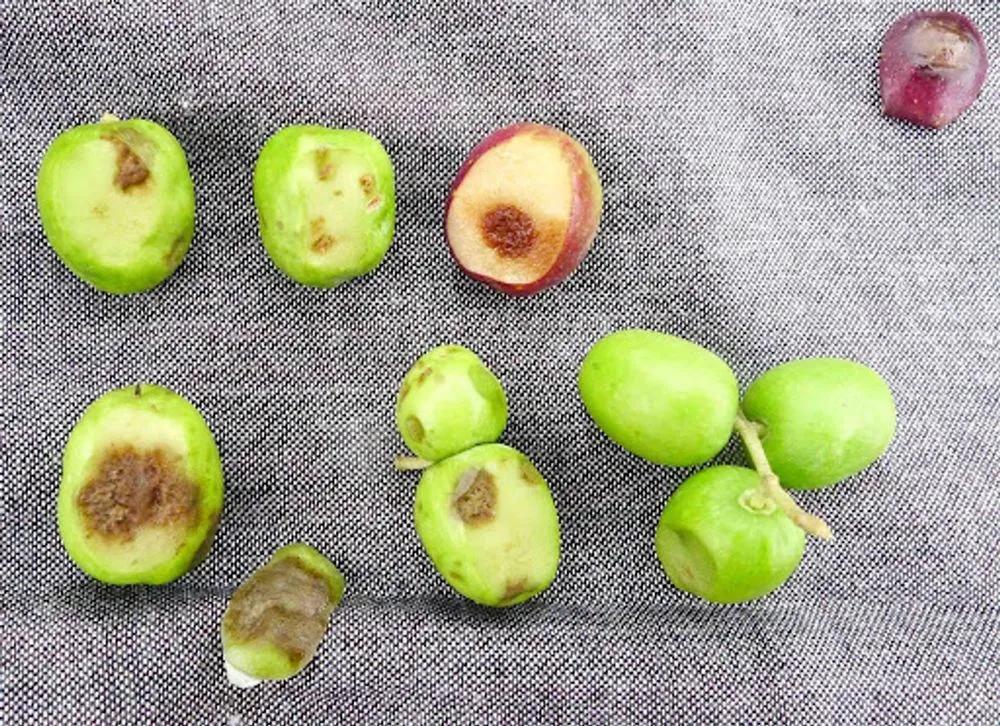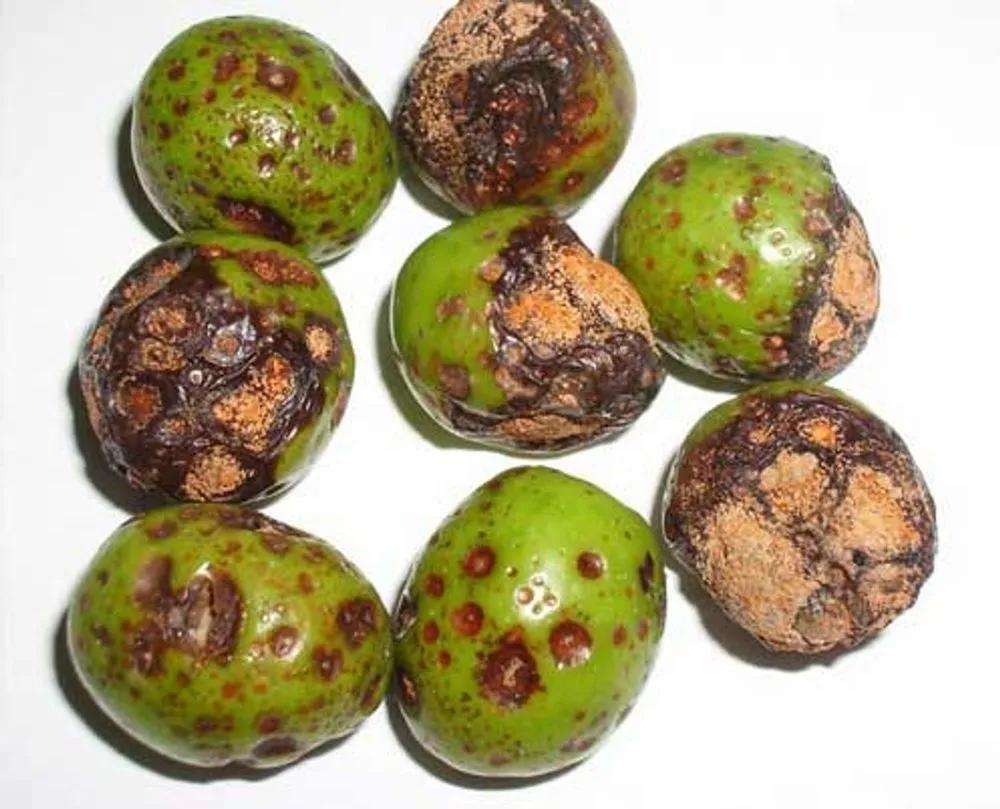Colletotrichum is a genus of fungi of the Glomerellaceae family known since 1831.
Colletotrichum causes significant damage to agricultural crops. Among the crops it affects most are beans, peas, beans, soybeans, corn, watermelons, melons, and lupins, leading to huge crop losses. To a lesser extent, it affects pumpkins and cucumbers. Weakened citrus plants can also be in danger.
The infection damages fruits, leaves, and cuttings. The incubation period is 3-4 days at a temperature of 72-81°F (22-27°C) and a humidity of 90%. The causative agent overwinters on the remains of plants. Seeds obtained from infected plants also carry the infection. From year to year, the infection remains in diseased trees and fallen leaves, carrying the infection and seeds.



